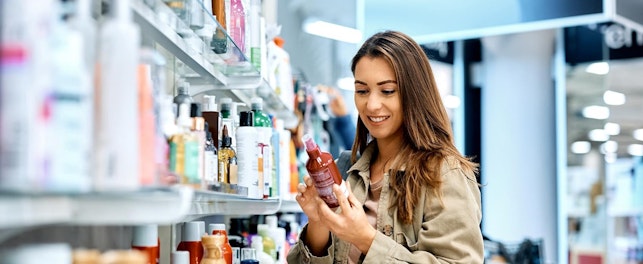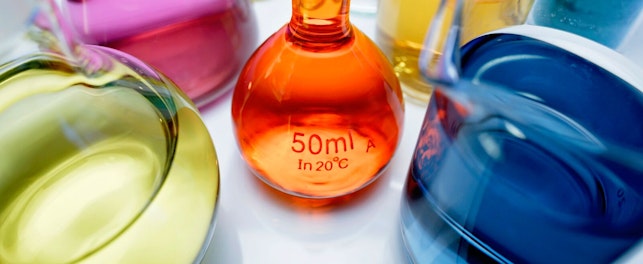SG 165/25
Montenegro has updated its requirements for plastic materials and articles intended to come into contact with food to further align with those in the European Union (EU).
In 2016, Montenegro established the nation’s framework for food contact materials (FCMs) and articles (Official Gazette of Montenegro (OGM) No 80/2016) by adopting provisions from two pieces of EU legislation:
- Regulation (EC) No 1935/2004 on FCMs and articles (current consolidated version to 2021 for reference)
- Regulation (EC) 2023/2006 on good manufacturing practice (GMP, current consolidated version to March 2025 for reference)
In October 2025, Montenegro issued ‘Regulation on Special Conditions for Plastic Materials and Articles Intended to Come into Contact with Food’ to set new rules for food contact plastics (‘the Regulation’, OGM No 120/2025). This Regulation transposes into the country’s domestic law:
- Regulation (EU) No 10/2011 on food contact plastics, as amended to Regulation (EU) 2025/351 (consolidated version to March 2025 for reference)
- Regulation (EC) 1895/2005 on certain food contact epoxy derivatives
Key highlights of the Regulation are summarized in Table 1.
| Section to the Regulation | Highlight |
|---|---|
| Article 3 ‘Scope’ |
|
| Article 4 'Exception’ |
|
| Article 6 ‘High degree of purity’ |
|
| Article 10 ‘General requirements for substances’ |
|
| Article 12 ‘General restrictions and requirements concerning the composition of plastic materials and articles’ |
|
| Article 13 ‘Specific migration limits’ |
|
| Article 14 ‘Overall migration limits’ |
|
| Article 23 ‘Annexes’ |
|
| Article 24 ‘Repeal’ |
|
| Annex 1 ‘Substances’ |
|
| Annex 2 ‘Restrictions on plastic materials and articles’ |
|
| Annex 3 ‘Food simulants’ |
|
| Annex 4 ‘Declaration of conformity’ |
|
| Annex 5 ‘Compliance testing’ |
|
Table 1
The Regulation entered into force on October 28, 2025 – eight days following its publication in the OGM.
| Abbreviation | Name of phthalate | CAS |
|---|---|---|
| BBP | Phthalic acid, benzyl butyl ester | 85-68-7 |
| DBP | Phthalic acid, dibutyl ester | 84-74-2 |
| DEHP | Phthalic acid, bis(2-ethylhexyl) ester | 117-81-7 |
| DIBP | Diisobutyl phthalate | 84-69-5 |
| DIDP | Phthalic acid, diesters with primary saturated C9-C11 alcohols, more than 90% C10 | 68515-49-1 26761-40-0 |
| DINP | Phthalic acid, diesters with primary saturated C8-C10 branched alcohols, more than 69% C9 | 68515-48-0 28553-12-0 |
SGS has the expertise to help manufacturers and suppliers of FCM achieve compliance with markets around the globe. Our technical experts have extensive experience of testing materials and articles for many markets. We offer the full range of FCM testing, including migration tests, along with expert advice on emerging regulations, compliance issues and documentation review. Our experience can ensure your products meet the appropriate territorial regulations for food contact materials and help pave the way for compliance. Contact us to know more or visit our website. In the end, it’s only trusted because it’s tested.
© SGS Société Générale de Surveillance SA. This publication or website is a property of SGS Société Générale de Surveillance SA. All contents including website designs, text, and graphics contained herein are owned by or licensed to SGS Société Générale de Surveillance SA. The information provided is for technical and general information purposes only and offers no legal advice. The information is no substitute for professional legal advice to ensure compliance with the applicable laws and regulations. All information is provided in good faith “as is”, and SGS Société Générale de Surveillance SA makes no representation or warranty of any kind, express or implied, and does not warrant that the information will be error-free or meet any particular criteria of performance or quality.
16th Floor, Block A, No.73 Fucheng Road, Century Yuhui Mansion,
Beijing, Haidian District, China





